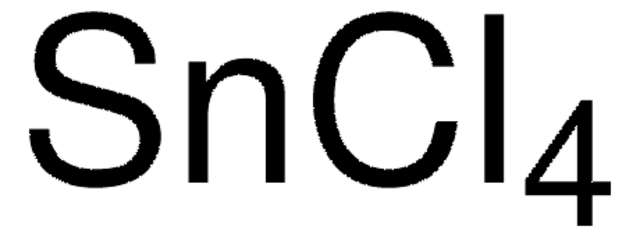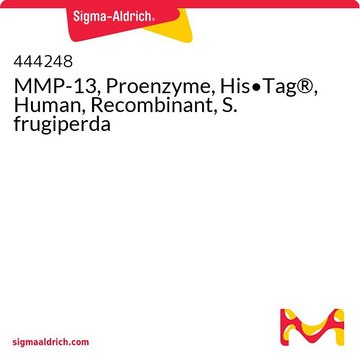408700
Poly(ethyleneimine) solution
average Mw 1800, 50 wt. % in H2O
Sinónimos:
Ethyleneimine polymer solution, PEI
About This Item
Productos recomendados
form
liquid
Quality Level
mol wt
average Mw 1800
concentration
50 wt. % in H2O
refractive index
n20/D 1.453
density
1.08 g/mL at 25 °C
SMILES string
N1CC1.NCCN
InChI
1S/C2H8N2.C2H5N/c3-1-2-4;1-2-3-1/h1-4H2;3H,1-2H2
InChI key
SFLOAOINZSFFAE-UHFFFAOYSA-N
General description
Application
It can be used as a precursor to prepare polyelectrolyte multilayers for the promotion of cell adhesion and growth on implant surfaces.
PEI can act as a reactive template and stabilizing agent in the preparation of metal nanoparticles in aqueous media. The amino groups in the PEI can coordinate with metal ions dissolved in water and reduce their aggregation capability. This results in the formation of smaller nanoparticles.
Features and Benefits
- It has repetitive structural units and aflexible polymer chain.
- Due to the accessibility of a huge number ofamino groups on PEI, it can be modified or functionalized for specific featuressuch as sensitivity, specificity, and biocompatibility.
- Highwater solubility.
Physical form
signalword
Warning
hcodes
Hazard Classifications
Aquatic Chronic 2 - Skin Sens. 1
Storage Class
10 - Combustible liquids
wgk_germany
WGK 2
Elija entre una de las versiones más recientes:
¿Ya tiene este producto?
Encuentre la documentación para los productos que ha comprado recientemente en la Biblioteca de documentos.
Los clientes también vieron
Artículos
Gene therapy has become one of the most discussed techniques in biomedical research in recent years.
We present an article that discusses two applications in particular; first, using these layers as polyelectrolyte membranes to control permeability.
Nuestro equipo de científicos tiene experiencia en todas las áreas de investigación: Ciencias de la vida, Ciencia de los materiales, Síntesis química, Cromatografía, Analítica y muchas otras.
Póngase en contacto con el Servicio técnico










